By Anju Munshi
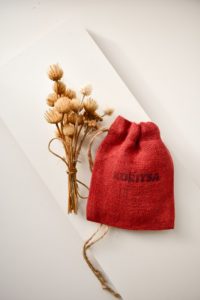
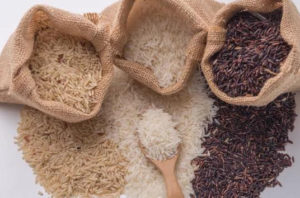 The humble jute is making headlines suddenly. Coming into the market reincarnated with a fresh spirit it has been welcomed by the world of fashion.
The humble jute is making headlines suddenly. Coming into the market reincarnated with a fresh spirit it has been welcomed by the world of fashion.
Designers are taking a serious look at jute now. “It is only a matter of time that the glory of the mighty jute industry will be restored,” says Mangal Hari whose father had worked in a jute factory in Bengal in the 50s. He plans to use jute to make clothes now. Exploring the full potential of the fibre would eventually see him getting into manufacturing of the textile dealing in designer clothes and fine attires, he hopes .
Jute, commonly known as the sack cloth or the hessian, has come a long way from occupying the dark shelves of old warehouses. 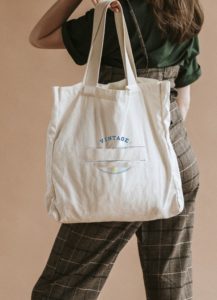 With its USP of an eco-friendly, biodegradable and sustainable
With its USP of an eco-friendly, biodegradable and sustainable fibre, today jute is garnering space in big brand boutiques. And, even being a part of royal wedding couture. Remember Meghan Markle while getting married to Prince Harry had preferred jute gift bags for guests attending the wedding? She is also seen adorning jute footwear often.
fibre, today jute is garnering space in big brand boutiques. And, even being a part of royal wedding couture. Remember Meghan Markle while getting married to Prince Harry had preferred jute gift bags for guests attending the wedding? She is also seen adorning jute footwear often.
All this has put the fibre a notch up in visibility. Yellow in colour, the fibre is also called the golden fibre not only for its colour but its versatility and its tensile strength. With a growing concern for climate and environmental health, plastic is being shunned worldwide, pure organic fibres like jute and cotton products are fast gaining attention. Experts say that growing this fibre can 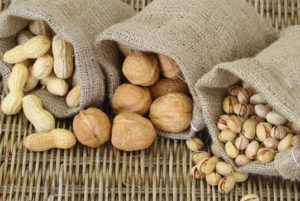 help us in times of climate and stricter environmental law introduced in many countries, as it can help with carbon capture, and the fact that it uses even less natural resources than cotton.
help us in times of climate and stricter environmental law introduced in many countries, as it can help with carbon capture, and the fact that it uses even less natural resources than cotton.
“People associate jute with something coarse and staid , muted in colour ,prickly and uncomfortable but we are trying to make them aware that soft clothes can be made out of it, for jute can be woven and spun,” says Alisha Nair, a fashion designer from Hyderabad. Her  label Volvo deals in jute and cotton fabrics .
label Volvo deals in jute and cotton fabrics .
“Innovation and experiments have led to advanced processes like bleaching, dyeing and finishing and by mixing jute with other synthetic and natural fibres, jute as a textile becomes softer with a better feel , shine, and with an aesthetic appeal,’’ says Nair .
Puja Rathore , a boutique owner from Jaipur, finds jute products much in demand today. “Women prefer  pants made of soft jute for summers which need less maintenance. Jute blended with rayon and acrylic gives it a sheen and a soft texture and if it is dyed in muted colours it becomes beautiful and wearable too.” For winter- wear, it can be blended with wool, she says.
pants made of soft jute for summers which need less maintenance. Jute blended with rayon and acrylic gives it a sheen and a soft texture and if it is dyed in muted colours it becomes beautiful and wearable too.” For winter- wear, it can be blended with wool, she says.
From our daily requirements of bags , footwear, fabric, lampshades, curtains and other utility and lifestyle items , jute is versatile and one of the most resourceful fibres nature has gifted man after cotton 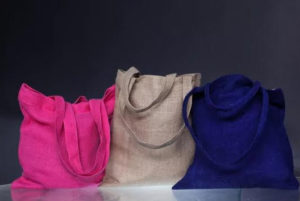 which is more expensive . In Kolkata many designers of household products turn out beautifully crafted and colourful jute bags which fly off the shelf at any fair. It is not only affordable but a wakeup call to the planet to look at it, especially when the UN Environment Programme says that the planet is ‘drowning in plastic’, a non-bio degradable product.
which is more expensive . In Kolkata many designers of household products turn out beautifully crafted and colourful jute bags which fly off the shelf at any fair. It is not only affordable but a wakeup call to the planet to look at it, especially when the UN Environment Programme says that the planet is ‘drowning in plastic’, a non-bio degradable product.
Jute production has a strong history in Bengal .The  jute mills flourished under the British raj but gradually declined after Independence. Most of these mills were located on the banks of Hooghly river but lack of financial and marketing support slackened the industry . Shyam Agarwal, a textile entrepreneur from Howrah suggests that, “ The state government could tap the opportunities that this crop offers and earn a huge revenue, for it has a tremendous market overseas now.”
jute mills flourished under the British raj but gradually declined after Independence. Most of these mills were located on the banks of Hooghly river but lack of financial and marketing support slackened the industry . Shyam Agarwal, a textile entrepreneur from Howrah suggests that, “ The state government could tap the opportunities that this crop offers and earn a huge revenue, for it has a tremendous market overseas now.”
So as jute trudges from sacks and gunny bags to a fashion fabric, one can look anew at this home-grown humble fibre.
Images: Unsplash and Jute Corporation of India
Trans World Features
(Credit to author and TWF mandatory)



